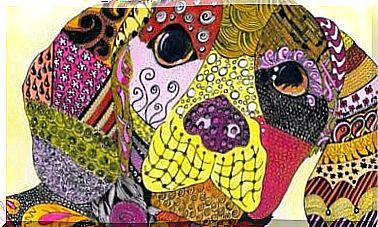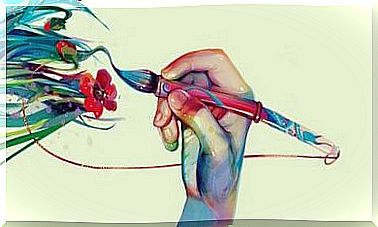Theory Of Causal Attribution: Origin And Development

We all interpret behavior, ours and others. A psychological theory that explains this interpretation is the theory of causal attribution. It falls within the realm of social psychology and was substantially developed by Heider who defined it as a method for evaluating how people perceive their own behavior and that of others.
Heider’s causal attribution theory justifies our way of explaining how people and life events behave. According to the expert, we tend to attribute the behavior of others to two possible causes: an internal one (personality traits, intelligence, motivation, etc.) or an external one (luck, circumstance, actions of third parties, etc.).
Causal attribution theory
Causes of causal attributions
As you have read, Heider’s causal attribution theory distinguishes only between internal and external attributions. Later, Bertrand Weiner added two more factors to this theory. In addition to the attributions of Heider, which he called locus of control , he also provided stability and controllability:
- Locus : The locus can be internal or external, depending on the person or the context. It is related to self-esteem. An individual who attributes his failures to personal factors will experience a noticeable decline in self-esteem: he is using an internal locus.
- Stability : this involves assessing how stable a behavior is over time. In other words, it refers to the duration of the case. If a person attributes his failure to factors that he considers stable over time (for example, difficulty in making a career), his motivation will decrease. Conversely, if you attribute it to unstable factors, motivation will not diminish.
- Controllability : this term refers to attributions linked to external factors (which do not depend on the person) or internal (which depend on the person). An external factor is bad luck, while an internal one could be a lack of skills and abilities. When it is estimated that the cause of failure is related to internal factors, the motivation decreases.

Attribution of behaviors
Causal attributions, as you have seen, relate to one’s own behavior or that of other people. They can have an internal or external locus, they can be stable or unstable, and controllability can be external or internal. The different combinations that result from this define motivation and self-esteem.
For example, if a young person wins a sports competition, we could say that it is because he has trained hard and consistently. It is an internal attribution and refers to another person. However, if we interpret his victory by virtue of a lack of competition due to the fact that the other participants were not prepared, then it is an external attribution.
The internal attributions of successes to which stability and controllability are attributed are the most positive. These kinds of attributions increase self-esteem and, consequently, motivation. Conversely, if they refer to failures, self-esteem is reduced, as well as motivation.

Differences between causal attributions
The same person can elaborate different causal attributions for similar events. Similarly, different people can give different interpretations of the same event. For example, if for someone failing an exam is due to lack of ability (internal and stable cause), for others it may be a consequence of the difficulty of the exam (external and unstable cause). These variations, in addition to influencing self-esteem and motivation, also have a significant weight on expectations.
Depending on how we interpret the behaviors of others, we will have a certain thought about them. These attributions, however, are neither perfect nor objective. In fact, we often make errors of interpretation and it is for this reason that the theory of causal attribution has made room for new fields of research related to it. Some are the fundamental attribution error theory, cognitive dissonance, and obedience.
In interpreting the behavior of others we resort to heuristic models that lead us to make mistakes. Most often, these attributions are motivated by our prejudices or thoughts. If the interpretations we make were different, cognitive dissonance would be generated, which we tend to avoid. Causal attributions also affect our relationship with the people whose behavior we interpret. We tend to pay more attention to people with better attributions, to be more obedient to them, and to take their opinion more into consideration.









